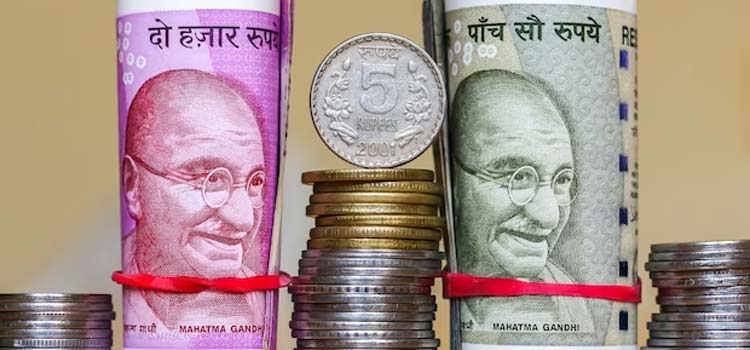Understanding the Indian Rupee’s behavior requires insight into various economic indicators, government policies, and global market trends. The Indian Rupee, symbolized as INR, is the official currency of India, regulated by the Reserve Bank of India (RBI). Its value is subject to fluctuation based on a multitude of factors, making it a focal point for investors worldwide.
Factors Influencing the Indian Rupee
Economic Indicators
Economic indicators such as GDP growth, inflation rates, and trade balances significantly impact the Indian Rupee’s value. Positive economic data often strengthens the Rupee, while negative indicators can lead to depreciation.
Government Policies
Government policies related to fiscal and monetary measures, trade agreements, and taxation policies play a crucial role in shaping the Indian Rupee’s trajectory. Investors closely monitor policy announcements for potential market implications.
Global Market Trends
Global market trends, including changes in oil prices, interest rates, and geopolitical tensions, can exert considerable influence on the Indian Rupee’s performance. Investors factor in these external dynamics when assessing the Rupee’s outlook.
Investor Sentiment Towards the Indian Rupee
Investor sentiment towards the Indian Rupee is often driven by the perception of risk and the allure of potential returns. Speculative trading, particularly in the options market, has gained traction among investors seeking high-risk, high-reward opportunities.
High-Stakes Options: A Risky Play
Options trading involves the purchase or sale of contracts that grant the holder the right, but not the obligation, to buy or sell a currency at a predetermined price within a specified timeframe. Investors leverage options to speculate on the Indian Rupee’s future movements, aiming for significant profits.
Explanation of Options
Options come in two main forms: calls and puts. A call option gives the holder the right to buy the underlying currency at a predetermined price, while a put option grants the right to sell. These derivative instruments allow investors to capitalize on both upward and downward movements in the Indian Rupee’s value.
Leveraging Options for High Returns
Options trading offers the potential for substantial returns, as investors can profit from the Rupee’s volatility without needing to invest a significant amount of capital upfront. However, this leverage also amplifies the risks associated with trading options.
Risks Associated with Options Trading
Despite the allure of high returns, options trading carries inherent risks, including the potential for loss of capital. The complex nature of options contracts and the unpredictable nature of currency markets make it imperative for investors to conduct thorough research and employ risk management strategies.
Impact of Recent Events on the Indian Rupee
Recent events, such as economic reforms, global uncertainty, and political stability, have had a notable impact on the Indian Rupee’s performance. The implementation of structural reforms, coupled with external factors, has contributed to heightened volatility in the currency markets.
Expert Insights and Predictions
Analysts and market experts provide insights and predictions on the Indian Rupee’s future movements, considering various factors such as economic data, geopolitical developments, and investor sentiment. While some forecast a bullish outlook, others caution against potential downside risks.
Investor Strategies in Volatile Markets
In navigating volatile markets, investors employ various strategies to mitigate risks and optimize returns. Diversification, risk management techniques, and the differentiation between long-term and short-term investments are essential considerations for investors trading in high-stakes options.
Conclusion
In conclusion, the Indian Rupee remains a focal point for investors seeking opportunities in emerging markets. While the allure of high-stakes options trading may be tempting, it is crucial for investors to approach it with caution and diligence. By understanding the factors influencing the Rupee’s performance and implementing sound investment strategies, investors can navigate through volatile markets with confidence.
















